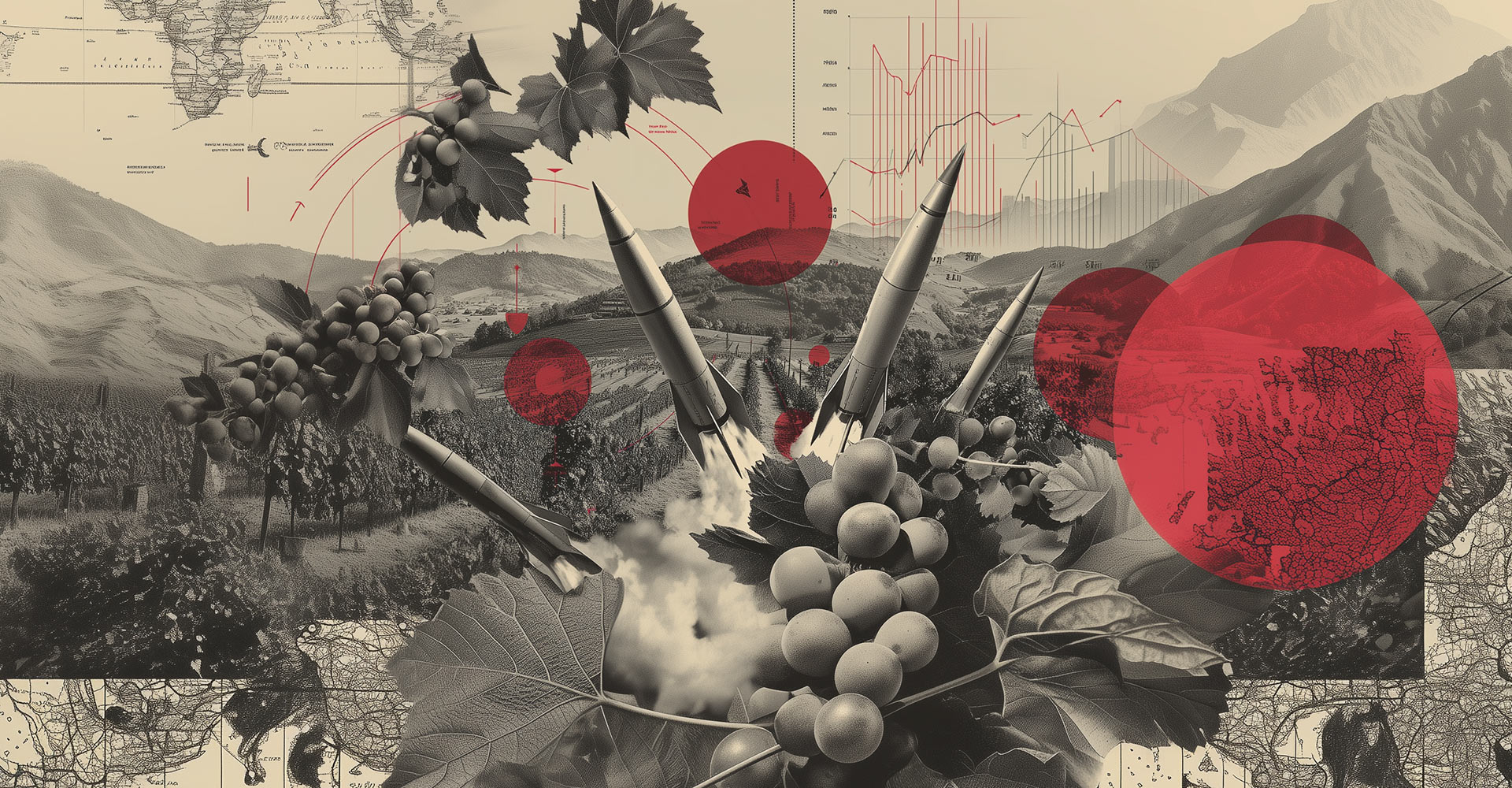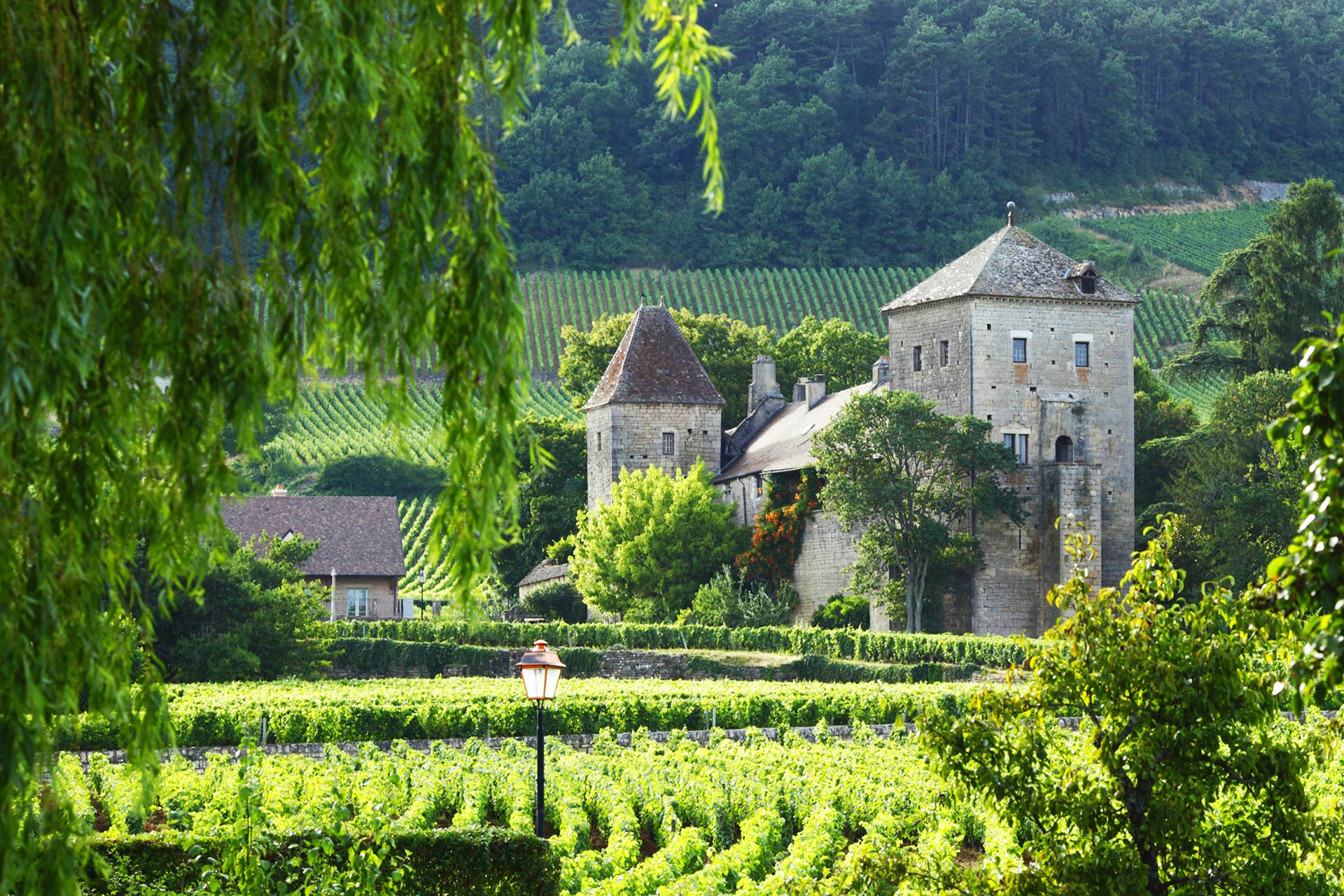Once upon a time, the luxury and hospitality industries floated serenely above the chaos of the world, sipping champagne while the rest of us dealt with recessions and reality. But those days are gone. The new world order? One of polycrisis—a delightful term meaning several crises all hitting you at once, usually before lunch. Welcome to the VUCA era: Volatile, Uncertain, Complex, and Ambiguous. Or as your average CEO might say after reading the headlines, “We’re stuffed.” It’s not just about surviving the storm anymore; it’s about learning to dance in it—ideally while balancing a glass of vintage Dom Pérignon in a rooftop bar.
The End of Insulation
Luxury and hospitality once prided themselves on being untouchable. But when container ships block canals, sanctions disrupt supply chains, and global politics turn your next hotel or vineyard campaign into a diplomatic incident, even five-star brands start sweating. The assumption that prestige players exist in a bubble is officially uncorked. Those glossy boardrooms that once dismissed politics as “not our department” are now quietly hiring geopolitical analysts alongside creative directors.
China—once the glittering promised land of endless luxury and high-spending tourists—has turned into a minefield. Crackdowns on celebrity culture, calls for “common prosperity,” and sudden blacklisting of influencers have left hotels and fashion houses alike treading carefully. Meanwhile, conflicts in Ukraine and the Middle East have made “global supply chain” sound less like a business term and more like an anxiety trigger. Add in climate disruptions, travel bans, and shifting visa policies, and even the smoothest concierge can’t iron out the chaos.
The luxury world has finally realised it’s not immune—it’s just been lucky. For the hospitality sector, this means rethinking every assumption about location, clientele, and operational stability. Those with diversified portfolios and crisis plans are sleeping better than those still banking on predictable tourist flows.
The Price of Prestige Just Went Up
Every handbag, hotel suite, and bottle of Bordeaux now comes with a new hidden cost: geopolitical risk. Wars, sanctions, and trade spats all feed into shipping, insurance, and supply expenses. Building more resilient supply chains—or simply moving production and sourcing out of risky regions—is noble but pricey. For hoteliers, it’s the same story: energy costs have soared, staff retention has become a global headache, and the once-reliable luxury traveller is behaving less predictably.
Consumers, already fatigued by rising prices, are starting to question whether a £1,500 handbag or £1,000-a-night suite is worth it. And when even the rich start blinking at price tags, you know something’s changed. For hotels, that means evolving the offer—from gold taps to gold-standard experiences. Luxury travellers now expect privacy, health security, and seamless service more than mere extravagance. Prestige today is about control, calm, and comfort.
The Great Divide: Champagne for Some, Tap Water for Others
The luxury market is splitting like a corked wine. At the top, High-Net-Worth Individuals (HNWIs) remain unbothered, still booking private villas and bespoke safaris because, frankly, why not? Their spending is now less about flaunting wealth and more about investing in permanence—or at least stability. For them, a penthouse suite or a private jet is not just an indulgence; it’s a contingency plan.
Meanwhile, the aspirational middle is quietly retreating. These were the travellers and shoppers who once splurged on designer accessories or a weekend at a five-star hotel. Rising inflation, political unrest, and an undercurrent of “luxury shame” have made them cautious. Instead of a long-haul holiday, they’re booking boutique local escapes. Instead of handbags, they’re buying memories—ones that feel more meaningful and sustainable.
So, the market’s growth engine is sputtering. The message for both luxury and hospitality brands? Forget mass aspiration. Focus on the few who can still afford to play—and want to do it discreetly.
Quiet Luxury, Loud Message
In this jittery climate, “quiet luxury” isn’t just a trend—it’s a survival strategy. Discreet elegance is back, minus the logos the size of billboards. The same applies to hotels: understated design, sensory calm, and thoughtful service are replacing flash and noise. Wealth now whispers rather than shouts, partly because shouting draws the wrong kind of attention. Think stealth wealth: the art of looking rich without looking too rich, of travelling in luxury without announcing it.
The narrative has shifted from “look at what I have” to “look at who I am.” For the hospitality sector, this means curating experiences that speak to identity and wellbeing rather than ostentation. A secluded wellness retreat in Tuscany or a sustainable vineyard stay in Ribera del Duero now carries more cachet than a logo-laden city break. This new understated refinement appeals not just to aesthetics but to ethics—timeless, sustainable, and thoughtful.
Safe Havens, Jet Fuel, and Hotel Keys
The global elite aren’t just buying safer investments—they’re buying safer routes and destinations. Private jets and yachts have become less about indulgence and more about control. Why queue at Heathrow when you can fly from your own hangar and dodge geopolitics at 40,000 feet? For HNWIs, stability has become the ultimate status symbol. Ultra-wealthy clients are turning travel into a self-contained ecosystem—complete with private chefs, on-board spas, and security teams. Safety, privacy, and predictability have replaced ostentation as the markers of privilege.
Hospitality brands are following suit. “Safe haven” cities—London, Singapore, Dubai—are booming again, not just because they’re glamorous, but because they feel secure. The new five-star promise isn’t just about Egyptian cotton and caviar; it’s about certainty. Guests want reassurance that their chosen destination is shielded from political or environmental chaos. The geopolitics of luxury travel now shape where new resorts rise and where old ones fade.
Wine, Art, and Hotel Cellars: The Liquid Assets
Even the fine wine, art, and hospitality worlds are converging. Hotels with investment-grade wine programmes and curated art collections aren’t just decorating—they’re hedging. Fine wine remains the gentleman of the portfolio world—calm, uncorrelated, and slightly smug during crises. Art, meanwhile, behaves like an eccentric cousin: erratic but occasionally brilliant. Both provide tangible pleasure and tangible value. You can’t sip a stock portfolio, but you can enjoy a Lafite in a candlelit cellar suite while markets wobble.
In uncertain times, travellers and investors alike crave connection—to people, place, and permanence. That’s why “experiential luxury” in hospitality isn’t fluff; it’s the new resilience model. A guest who feels emotionally anchored is a repeat guest, no matter the geopolitical climate.
The New Meaning of Luxury: Preparedness
Today’s luxury and hospitality brands face a choice: evolve or evaporate. Prestige is no longer defined by rarity or glamour, but by resilience. The ability to stay composed when the world wobbles has become the new hallmark of excellence. In this VUCA landscape, the smartest brands are those that act less like fashion houses and more like fortresses—solid, adaptive, and reassuring.
The ultimate lesson? In a world this unpredictable, luxury isn’t about escape—it’s about endurance. The future belongs to the prepared. And in that future, the most prestigious thing a brand can own is not another celebrity ambassador, but the trust and loyalty of its audience.



